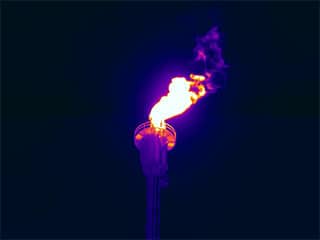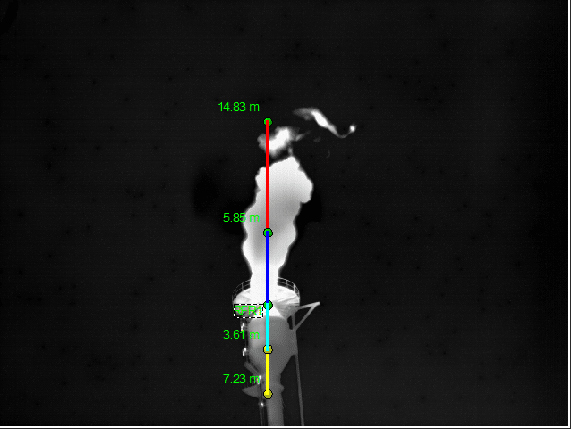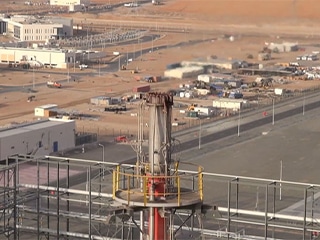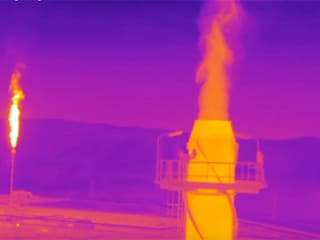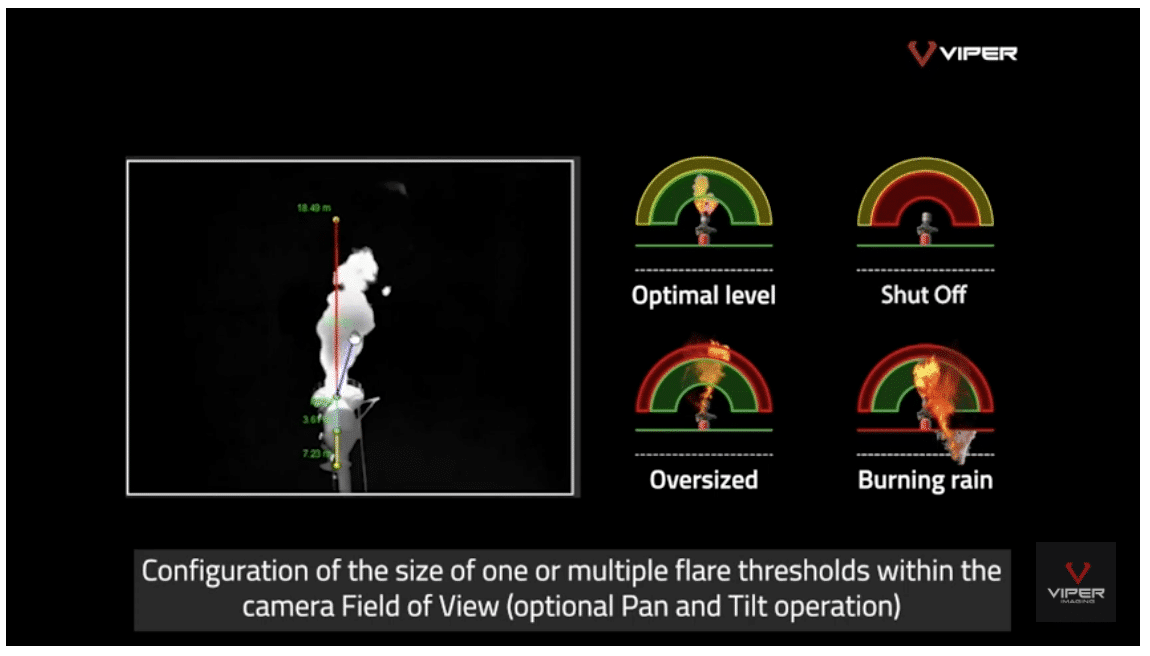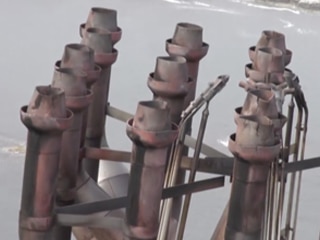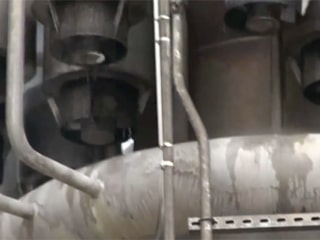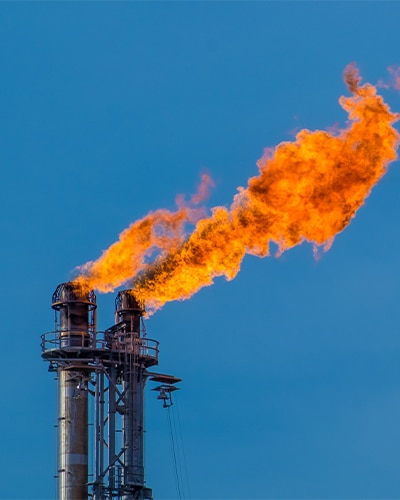Many industries use flare stacks to burn off unwanted waste gas byproducts or flammable gasses released by pressure relief valves during unplanned over-pressuring of plant equipment. Applications include oil and gas drilling operations, oil refineries, chemical process plants, gas distribution infrastructure, and landfills. In many cases, regulations require monitoring of a stack’s flame, or the pilot flame that ignites the gasses, to avoid having unburned hydrocarbons enter the atmosphere.
Viper can help you meet the HSE needs of the industry.
ApEX Predator
Engineered to withstand hazardous environments and meet stringent regulations, this group of explosion proof camera systems redefine safety and monitoring standards in the most demanding industrial settings. Available with both thermal and visual camera options!
Key Capabilities & Benefits
- Hazardous locations certified
- AISI316L Stainless Steel construction
- ATEX/IECEX/UKCA/INMETRO/CLASS-DIV explosion proof
- IP 66/67/68/69, NEMA 4x
- Sunshade and heater
- Optional Built-in Fiber Media Converter
- Optional PoE
- Optional Built-in 120VAC power supply
- NDAA compliant




